Confusion often occurs when trying to differentiate between what is covered by personal policy and what is covered under the condominium’s HOA policy.
When you purchase a condominium, you agree to join an HOA, which is a group formed by the property owners of a shared space. The members of the HOA work together to establish and follow a set of rules, maintain common areas, and protect property value.
HOA insurance is necessary to cover the many risks associated with the general building. A condominium master policy is typically maintained through HOA fees that all condo owners pay. In addition, condo owners should also have their own coverage to protect their personal property and any risks that are not covered by the HOA’s policy.
Master Policies
There are two types of master policy coverage. It’s essential that you verify which type of policy your condominium association carries. Let’s take a look:
- Studs-Out Coverage
Covering essentially everything outside of your unit, the most common type of coverage steps in for incidents regarding the basic building (think hail damage to the roof, a vehicle crashing through the lobby, or an elevator not working). Under this coverage, the condo owner is still responsible for everything inside of their unit, such as fixtures, flooring, walls, and other structural elements. - All-In Coverage
If your HOA provides all-in coverage, not only are your common areas and basic building protected, but structural elements and fixtures inside your unit are, as well. This type of coverage may mean that you need less individual coverage against property damage. (You will still be responsible for all personal belongings such as jewelry, clothing, and all personal effects.)
Liability
Condominium owners need personal liability coverage, but the amount may vary depending on the HOA policy. Many condominium master policies help cover injuries of guests who get hurt in common areas, but do not provide coverage for injuries to guests inside of your unit or while with you outside of the home. If you are concerned that your liability insurance won’t fully protect your assets, it is wise to explore umbrella coverage.
Dwelling Insurance
The amount of dwelling coverage you carry may change. Renovations are sometimes necessary (or desired), and this will generally spur a need to increase the limits of your own coverage. Before you do so, it’s best to check with the condo master policy, as some plans cover unit improvements while others do not.
Loss Assessment Coverage
While the condo’s master policy will cover property damage to common areas and the exterior building, there’s always a chance that a severe incident could exceed policy limits. If this happens, unit owners will likely have to make up the difference. This is where loss assessment comes in. By adding this coverage to your condo insurance, you can avoid paying out of pocket in such a circumstance.
Regulations
There are some instances in which an HOA may stipulate how much of a certain coverage you must carry, or which carrier you need to purchase a policy from. It’s important that you make an informed decision before purchasing a unit in a condominium homeowners association so that you can find the right fit for you and enjoy your home for years to come. Be sure to get a copy of the HOA’s insurance policy and review it for clarity. Also, do the same with your personal coverage. By being proactive, you will eliminate any surprises if an incident occurs in your unit or building.





